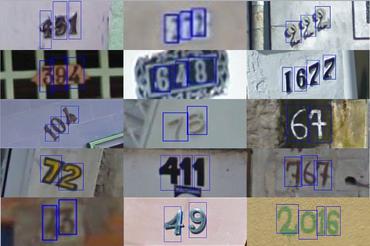Survey of Computational Approaches to Lexical Semantic Change
Our languages are in constant flux driven by external factors such as cultural, societal and technological changes, as well as by only partially understood internal motivations. Words acquire new meanings and lose old senses, new words are coined or borrowed from other languages and obsolete words slide into obscurity. Understanding the characteristics of shifts in the meaning and in the use of words is useful for those who work with the content of historical texts, the interested general public, but also in and of itself. The findings from automatic lexical semantic change detection, and the models of diachronic conceptual change are currently being incorporated in approaches for measuring document across-time similarity, information retrieval from long-term document archives, the design of OCR algorithms, and so on. In recent years we have seen a surge in interest in the academic community in computational methods and tools supporting inquiry into diachronic conceptual change and lexical replacement. This article is an extract of a survey of recent computational techniques to tackle lexical semantic change currently under review. In this article we focus on diachronic conceptual change as an extension of semantic change.
PDF Abstract



